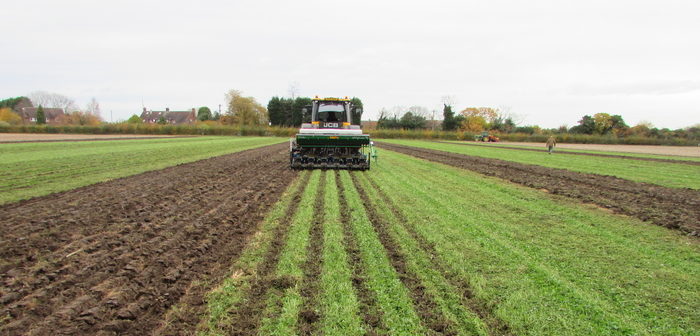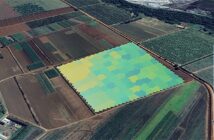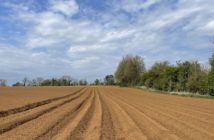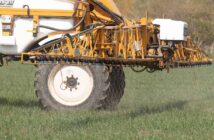Best practice management of clover mulches to improve soil health and retain carbon, is currently being investigated to help farmers contribute to agriculture’s role in the UK’s net zero target.
As both an emissions source and a ‘sink’, farming techniques are having to focus on addressing the issue of climate change, whilst ensuring food production levels and quality are maintained. A key part of this is protecting and building the carbon reserves in soils.
Demonstrating both agricultural and environmental benefits, living leguminous mulches have been shown to improve soil health and in particular, increase carbon-rich organic matter. They also conduct nitrogen fixation, reduce erosion and improve soil structure and tilth.
A validation trial at Stockbridge Technology Centre is currently taking place to evaluate how to best manage perennial clover mulches when used in a polyculture row crop system, known as ‘plant teams’. Because crops grown in this way require changes to management practices to improve their commercial viability, it’s hoped precision machinery can help to make the system more accessible.
As part of this, Crop Health and Protection (CHAP)’s RTK GPS-supported strip-till cultivator is being used, which allows highly accurate drilling of a cash crop into prepared seed bed rows. Whilst supporting germination and effective establishment of the cash crop, it also leaves undisturbed strips of the clover and can be used on a commercial scale.
The machine, an Oekosem 6R500 by Baertschi Agrartecnic AG, has six rows working at 50cm apart. The working depth of the grubber can be set between 20 and 35cm, with a working depth of the cultivator set between 7 and 15cm.
Dr Dave George, reader at Newcastle University, said: “With current challenges to farming, it’s questionable whether conventional, high-input monoculture represents a sustainable way to feed ourselves into the future. Plant teams can help here, but we need to overcome the agronomic challenges they present to allow their many biological benefits to shine through.
“The CHAP strip till is a great example of how we can engage with modern machinery and precision agriculture to achieve this goal through a marriage of agro-ecology and engineering.”
The validation trial is part of a wider five year EU-funded Horizon 2020 project, DIVERSify (“Designing InnoVative plant teams for Ecosystem Resilience and agricultural Sustainability”). The project brings together a consortium of 23 international partners, including Stockbridge Technology Centre, with the aim of increasing biodiversity in crop systems through polyculture.
Richard Glass from CHAP said: “If we can demonstrate the on-farm viability of systems such as polyculture or plant teams, then the many benefits of intercropping and crop mixtures become a reality. The use of leguminous living mulches becomes tangible, and the concept is more applicable to current farming practices.
“To grow two crops side by side effectively in narrow strips, you need GPS-informed machinery to achieve this precisely. But using the strip till cultivator is not only practical from a polyculture management point of view, it also reduces ploughing and tillage costs.
“A form of min-till, this has implications for both machinery fuel inputs, and soil carbon capture, helping to reduce GHG emissions, an issue firmly on the minds of farmers and policy makers right now.”
Fore more information visit https://chap-solutions.co.uk/projects/precision-approaches-for-sustainable-soils/




